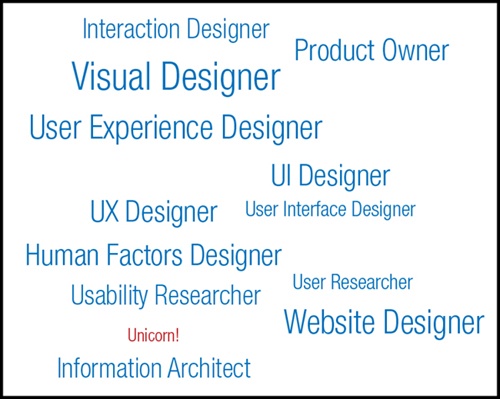Chapter 5. Designing for Validation
In this chapter:
Learn why you should design a test before you design a product.
Get nine tools that are critical for designing your product.
Understand which of those tools you can safely skip depending on what you’re building and for whom.
I should warn you, if you’re already a professional designer of any sort, you may find some of the following tedious or infuriating. That’s OK. This isn’t meant to teach professional designers to be even better at their jobs. This is meant to teach other people how to do enough design to validate or invalidate their initial hypotheses. It’s also meant to teach designers how to design in Lean environments and validate their work.
Design is a rich and complicated field that people study for their whole lives with varying degrees of success. Even worse, there are dozens of different disciplines within design—for example, figuring out how a complicated product should work is different from designing a beautiful brochure, which is different from designing a physical object. These are all called design. Probably because we are designers and not linguists.

But, at its heart, design is about solving problems. Once you’ve defined your problem well and determined what you want your outcome to be, Lean UX encourages you to do as little work as possible to get to your ...
Get UX for Lean Startups now with the O’Reilly learning platform.
O’Reilly members experience books, live events, courses curated by job role, and more from O’Reilly and nearly 200 top publishers.

